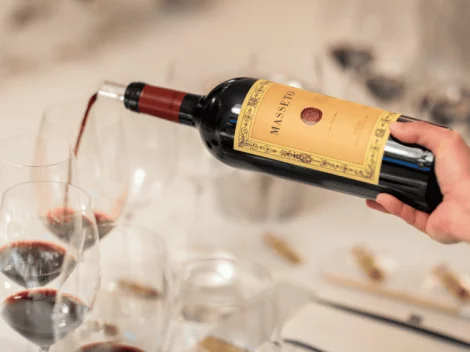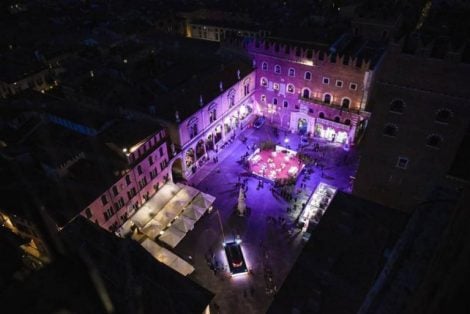Macerated or orange wines are produced by macerating the skins of white grapes with the must obtained from them, a process that can last a few hours or even several months, with, of course, very different results. In the first case, we would have a macerated white wine to which the contact with the skins will have given mainly a bright yellow color with golden reflections; in the second case, when macerations begin to lengthen, in addition to the chromatic definition and aromatic profile, the texture in the mouth will change above all: the wine will now be truly "orange" and endowed with greater mouthfeel and a pseudo-tannic sensation.
The containers used for this process can be different: steel, wood, terracotta, or cocciopesto: it depends a bit on the final result that the producer wants to achieve. As mentioned, fermentations can be spontaneous, without the addition of yeasts, or induced. And the grapes? Some are more suitable than others: generally, those with thicker skins, capable of supporting long maceration periods, are preferred. Among the best are Ribolla Gialla and Vitovska, Friulian autochthonous varieties, and it is no coincidence that the revival of Italian orange wines starts from two Friulian producers, Joško Gravner and Stanko Radikon, who with their work have given impetus to an entire territory, the Oslavia area, a queen in the production of this type of wine. But from Oslavia, the orange wave then spread throughout the entire Peninsula.
From Piedmont to Sicily, in our tasting panels, there are more and more samples that we happen to taste: sometimes the results are surprising, wines of enchanting charm, with aromatic profiles as multifaceted as they are complex, with a calibrated palate thickness that never yields to softness.
Other times we have to deal with perhaps less precise bouquets, but a mouth with energy and rhythm precisely thanks to the tannic surges given by maceration. Still, other times we have to deal with wholly inappropriate wines, defective, astringent, only murky, not at all pleasant, heavy. It is up to the sensitivity of the individual producer to create one or the other wine, going to assess what the "macerative" potentialities and especially the critical points of his grapes are.
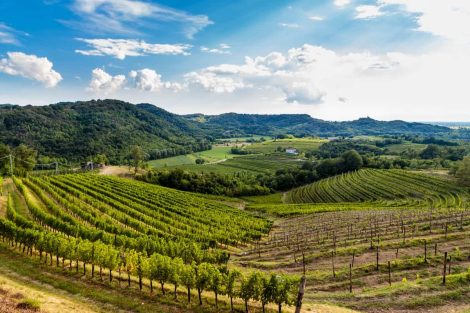
The best macerated Pinot Grigio from Friuli Venezia Giulia
Here we focus on two excellent macerated Pinot Grigio wines that have won the Two Red Glasses 2024, having reached the final during the tastings for the Gambero Rosso Vini d'Italia guide.
The Collio Pinot Grigio Skin Ris. 2020 by Primosic is rich in character and nuances. Marko and Boris Primosic manage the company founded in 1956 by their father Silvestro. The Oslavia district is home to a considerable number of family-run businesses that have written and continue to write the history of Collio. It is known that in these parts the use of ancestral techniques in winemaking is widespread, derived from ancient transborder traditions, which provide for long skin macerations even for whites.
Excellent is the Pinot Grigio Ram 2016 by Vigne del Malina, the result of a long maceration on the skins. The philosophy embraced by Roberto Bacchetti is focused on demonstrating that even in the plain, with low yields and maniacal care, wines of the highest quality level and above all long-lived can be obtained. The wines are marketed several years after the harvest, however, no less than three, when they have reached a refinement level deemed suitable based on the type.


 Wine was a drink of the people as early as the Early Bronze Age. A study disproves the ancient elitism of Bacchus’ nectar
Wine was a drink of the people as early as the Early Bronze Age. A study disproves the ancient elitism of Bacchus’ nectar "From 2nd April, US tariffs between 10% and 25% on wine as well." The announcement from the Wine Trade Alliance
"From 2nd April, US tariffs between 10% and 25% on wine as well." The announcement from the Wine Trade Alliance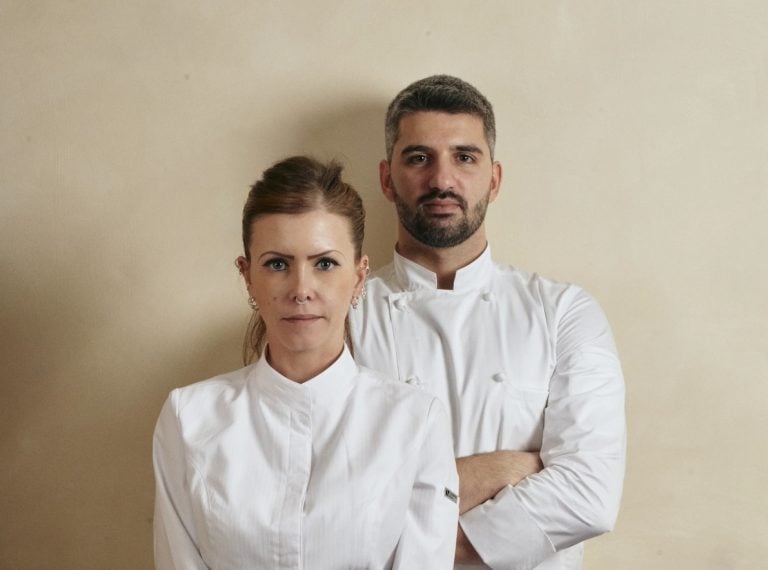 Michelin surprise: in France, the guide rewards Italian chefs
Michelin surprise: in France, the guide rewards Italian chefs Vinitaly 2025: "Piwi should not be included in the DOCs. Dealcoholised wines? I have changed my mind." Angelo Gaja's position
Vinitaly 2025: "Piwi should not be included in the DOCs. Dealcoholised wines? I have changed my mind." Angelo Gaja's position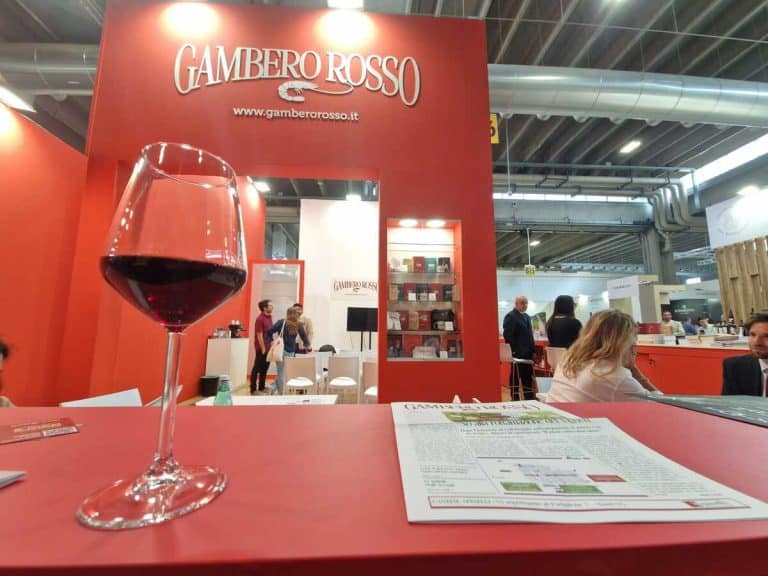 Vinitaly 2025: here are all the events by Gambero Rosso. Tre Bicchieri, debates, TV and much more...
Vinitaly 2025: here are all the events by Gambero Rosso. Tre Bicchieri, debates, TV and much more...


